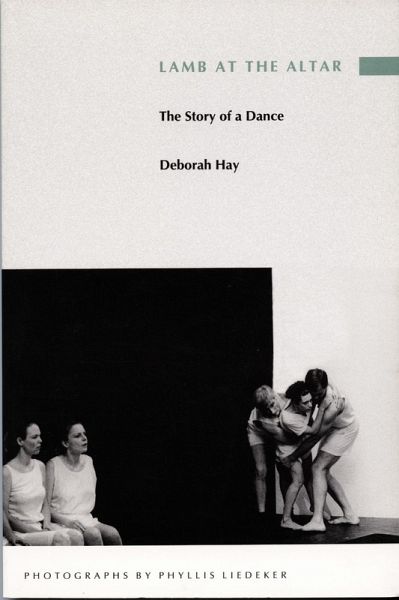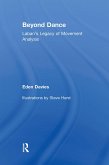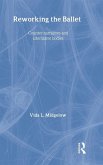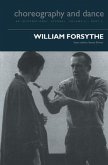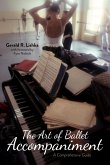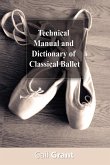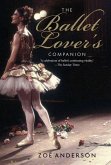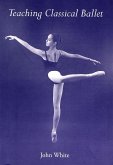"The intention of my work is to dislodge assumptions about the fixity of the three-dimensional body."--Deborah Hay Her movements are uncharacteristic, her words subversive, her dances unlike anything done before--and this is the story of how it all works. A founding member of the famed Judson Dance Theater and a past performer in the Merce Cunningham Dance Company, Deborah Hay is well known for choreographing works using large groups of trained and untrained dancers whose surprising combinations test the limits of the art. "Lamb at the Altar" is Hay's account of a four-month seminar on movement and performance held in Austin, Texas, in 1991. There, forty-four trained and untrained dancers became the human laboratory for Hay's creation of the dance "Lamb, lamb, lamb . . ., " a work that she later distilled into an evening-length solo piece, "Lamb at the Altar." In her book, in part a reflection on her life as a dancer and choreographer, Hay tells how this dance came to be. She includes a movement libretto (a prose dance score) and numerous photographs by Phyllis Liedeker documenting the dance's four-month emergence. In an original style that has marked her teaching and writing, Hay describes her thoughts as the dance progresses, commenting on the process and on the work itself, and ultimately creating a remarkable document on the movements--precise and mysterious, mental and physical--that go into the making of a dance. Having replaced traditional movement technique with a form she calls a performance meditation practice, Hay describes how dance is enlivened, as is each living moment, by the perception of dying and then involves a freeing of this perception from emotional, psychological, clinical, and cultural attitudes into movement. "Lamb at the Altar" tells the story of this process as specifically practiced in the creation of a single piece.
"This book counters the monolithic notions of who the 'postmodern' dancers are. As "Lamb at the Altar" identifies the contemporary work of an artist usually associated with the Judson Dance Theater of the 60s it reveals someone who has evolved, gained a new but no less creative maturity, and who now sees her work very differently than in those old days of protest and rebellion. The intertextual format is engaging, multifaceted, and modern, probably like the dance itself."--Marcia B. Siegel, author of "Tail of the Dragon: New Dance, 1976-1982 "
Hinweis: Dieser Artikel kann nur an eine deutsche Lieferadresse ausgeliefert werden.
"This book counters the monolithic notions of who the 'postmodern' dancers are. As "Lamb at the Altar" identifies the contemporary work of an artist usually associated with the Judson Dance Theater of the 60s it reveals someone who has evolved, gained a new but no less creative maturity, and who now sees her work very differently than in those old days of protest and rebellion. The intertextual format is engaging, multifaceted, and modern, probably like the dance itself."--Marcia B. Siegel, author of "Tail of the Dragon: New Dance, 1976-1982 "
Hinweis: Dieser Artikel kann nur an eine deutsche Lieferadresse ausgeliefert werden.

